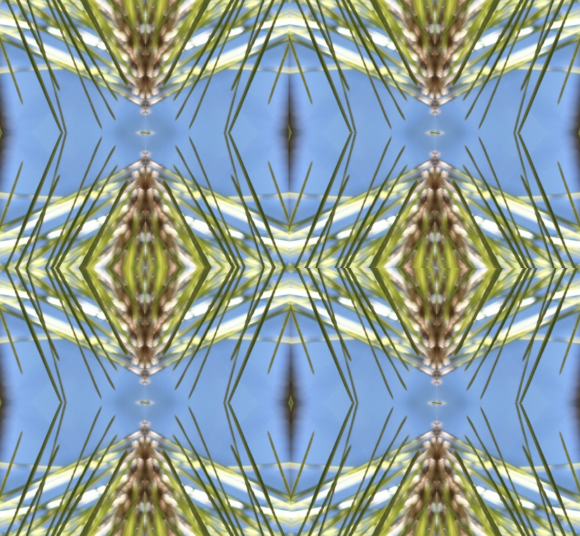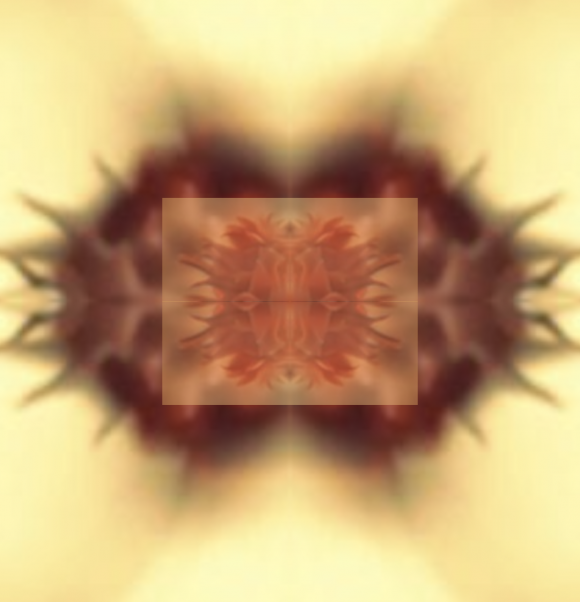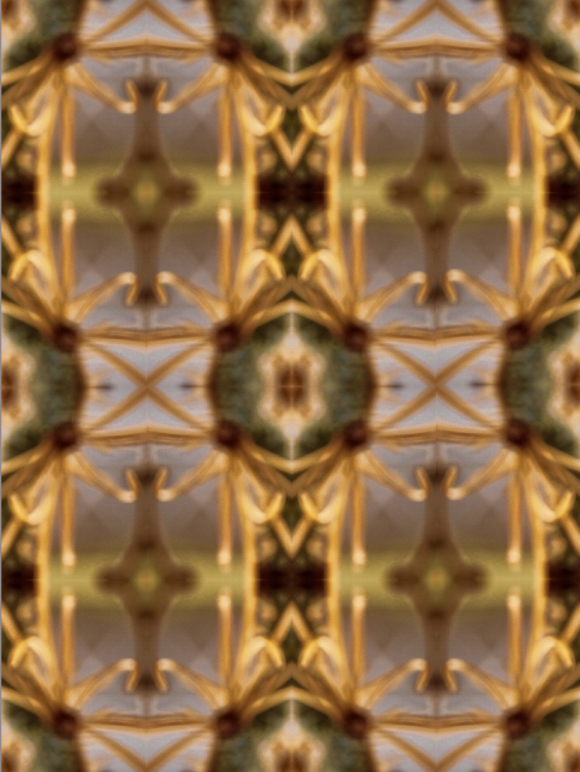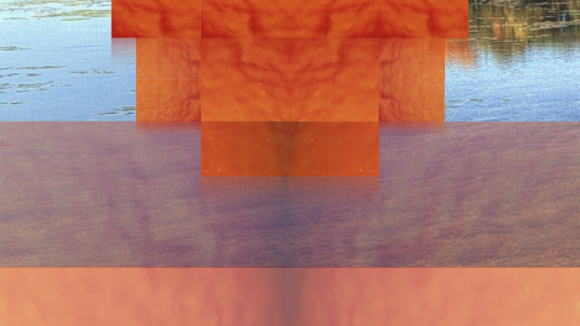A metaphysical theory is an account of which kinds of thing exist in the world and how they interact. Theories like that are generally considered to be a branch of philosophy; and especially when concerned just with kinds of existing things, they are also called ontologies.
The aim of philosophy, abstractly formulated, is to understand how things in the broadest possible sense of the term hang together in the broadest possible sense of the term.
Wilfrid Sellars, “Philosophy & the Scientific Image of Man”
1. In the special case of a metaphysical theory which claims that the kinds of thing which exist in the world are psychic, such a theory might equally be called a psychology; that would be justified, however, only because of its material claims, and not because of its method (which is philosophical). Psychology is nowadays predominantly seen as science, and sciences are characterized by the use of the scientific method (i.e., they are empirical disciplines); to call an account which is really a philosophical (metaphysical, ontological) theory a “psychology” would at the very least be misleading.
However, the term is already broadly in use in a certain (albeit mainly historical) connection, namely that of depth psychology, which, as Hillman reflects, “arose within the context of psychotherapy […]. Although it first appeared as an empirical field, it ultimately became, through Jung, an ontology of the soul” (MA 12). Thus while we are actually in the business of metaphysics, exploring an account of which kinds of thing exist in the world and how they interact, we might call that a psychology because under the theory we’re considering, the kinds of thing that exist in the world all belong to the soul, or psyche. Both Jung and Hillman generally do that, and consequentially refer to what they are doing as “psychology”; but it really is a form of metaphysical theory.
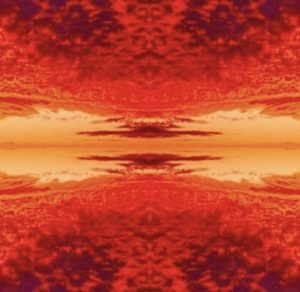
2. In Hillman’s universe, everything is fundamentally grounded in just one kind of thing: fantasies (variously also called metaphors, archetypes, and particularly often: images). This is not to say that fantasies are the only kind of thing that exists (that “everything is an illusion”). But it means that we are in a world that is built up from the ground, as deep as we can ever see, from imaginal fantasies — a world that is best seen as a kind of perpetual, all-encompassing dream world.
[We] cannot will (voluntas) or love (amor) or form a notion (notitia) or understand (intelligentia) without imaginal fantasies going on simultaneously. So we never cease projecting. We are dreaming all the time. The dream is there; we can never leave it. (MA 177)
The notion of fantasy, in this metaphysical sense, is understood quite differently from its everyday use. For one thing, it is very broad: although some images may appear in a directly recognizable form, many don’t: “Fantasy need not always be verbal, nor must there be visual imagery.” (RVP 143) They may be embedded in various dynamics, or “incorporated bodily through style, gesture, or ritual, like entering into a more subtle or skilled way of going about things.” (Ibd.) They also may appear in the form of pathological symptoms.
Another important difference is that in the everyday sense fantasies are viewed as contrasting reality, something “merely in your head”. In the metaphysical sense, in which they are the only kind of thing in the universe, fantasies are not restricted to one person’s head at all, but they are everywhere — in fact, they aren’t “in” the head, but we live in them. We exist in a world of fantasies: to be is to be in soul (esse in anima, as in Jung’s slogan), and soul consists fundamentally of images. In this sense of a world, as a pool of fantasies all around us, “world” and “soul” (or “psyche”) are really coextensive: we might understand the world to be equivalent to an all-encompassing soul, anima mundi — as if “soul” or “psyche” were a mass term such as “air”, and we wanted to refer to it as a totality such as the atmosphere inside which we all move around.
3. This reversal of perspective — turning inside-out our everyday notion of fantasy from “something inside your head” to a metaphysical “what surrounds us everywhere and what we exist in” — is not an arbitrary move. In fact, it is rather familiar from how we think about dreams.
When we are dreaming, we experience ourselves as being “in” the dream, that is, it appears to us as if we move around in the world of the dream, as if events there happen to us, as if we encounter dream characters similarly to how we encounter other people in the external world; however, when we wake up, we say that we “had” a dream, and it seems to us that it was “in” our head.
In sleep, I am thoroughly immersed in the dream. Only on waking do I reverse this fact and believe the dream is in me. At night the dream has me, but in the morning I say, I had a dream. (DU 98)
Dreams are thus a paradigm case for fantasies in the Jung-Hillman sense. Like all fantasies, they are not “in” our heads, but rather part of the all-encompassing pool of fantasies in which we exist. The more we think about it, we realize that dreams are not bound to a particular instance of dreaming (one particular night) or even an individual person, for of course they may occur repeatedly; they may be dreamed identically or with variations again, even by different people; and of course they can be described, shared, depicted in paintings, relived and spun on under hypnosis, …
Apart from dreams, ideas are another typical form of fantasies in the Jung-Hillman sense. Again, the everyday notion has it that ideas are subjective, personal mental items, “something in someone’s head”; but this is thoroughly reversed:
The soul reveals itself in its ideas, which are not “just ideas” or “just up in the head” […] they are the very modes through which we are envisioning and enacting our lives. We embody them as we speak and move. We are always in the embrace of an idea. (RVP 121)
[…] since ideas present archetypal visions, I do not ever truly have ideas: they have, hold, contain, govern me (RVP 131)
And this is not merely a fancy word-play, a game with the terms of language. Taking ideas to be something that makes up the world surrounding us, rather than merely personal mental items, actually matches the phenomenon: “when an insight or idea has sunk in, practice invisibly changes. The idea has opened the eye of the soul. By seeing differently, we do differently.” (RVP 122) Moreover, the sedimented layers of ideas surround us in cultures: our practices and institutions, arts and sciences all can be (and routinely are) be understood as shaped by ideas; they’re neither random nor have they simply naturally evolved.
Moreover, Jung speaks in a similar vein about spirit [Geist]:
[Man] has not created spirit, but rather the latter makes him creative; it gives him drive and fortunate ideas, persistence, enthusiasm and inspiration. But it penetrates human essence in such a way that Man is most severely tempted to believe that he has created spirit himself, that he has it. In reality, however, the archetypal phenomenon of spirit possesses Man […]
[Der Mensch] hat den Geist ja nicht selber erschaffen, sondern dieser macht, daß er erschafft; er gibt ihm den Antrieb und den glücklichen Einfall, die Ausdauer, die Begeisterung und die Inspiration. Aber er dringt so ins menschliche Wesen ein, daß der Mensch in schwerster Versuchung steht, zu glauben, daß er selber der Erschaffer des Geistes sei, daß er ihn habe. In Wirklichkeit aber nimmt das Urphänomen des Geistes den Menschen in Besitz […]
GW IX/I, §393.
And furthermore, even what we remember about the external world falls under the same perspective reversal in Jung-Hillman-metaphysics. As it has become more evident through research over the past decades, memories of past episodes are unreliable, to the point that the subjectively recalled details turn out to be spontaneously (and unconsciously) fabricated. Memories thus fit seamlessly with other kinds of mental phenomena under the interpretation that Jung-Hillman metaphysics gives them:
to realize that the psyche fabricates memories means to accept the reality that experiences themselves are being made by the soul out of itself and independently of the ego’s engagement in its so-called real world. It means, in short, that personifying is going on all the time; persons in scenes are continually “invented” by the soul and presented to us in the guise of memories. (RVP 18)
4. Fantasies, thus understood not as private mental items (“something inside your head”) but as shaping everything that surrounds us, are what grounds reality, according to Jung-Hillman metaphysics.
Human reality is wholly dependent on the realities that take place in the soul. […] the reality of persons and every act of consciousness is a reflection of a fantasy-image: for these are the only actual existents that are not reducible to something other than their imagery; only they are as they literally appear, only fantasies are utterly, incontrovertibly real. (RVP 209)
Again, this is not to say that nothing else exists; nor is it to say that all knowledge could be reduced to psychological theory. (The first notion is ontological and would be a form of idealism; the second epistemological, and would fall under what is usually called psychologism.) It does mean, however, that anything we might encounter both in the external world or in inner experience can be questioned and interpreted psychologically, in addition to any other form of questioning and interpretation we might apply to it — and that any each of these other forms in turn would also be something that can be questioned and interpreted psychologically. (Remember that “psychologically” here means: on the basis of a metaphysical theory which carries this name only for historical and conventional reasons, but really is a form of speculative philosophy.) And this, of course, proceeds by treating them as fantasy images.
Everything we know and feel and every statement we make are all fantasy-based, that is, they derive from psychic images. […] I [consider] images to be the basic givens of psychic life, self-originating, inventive, spontaneous, complete, and organized in archetypal patterns. Fantasy-images are both the raw materials and finished products of psyche, and they are the privileged mode of knowledge of soul. Nothing is more primary. (RVP xvii)
5. Both Jung and Hillman (and others within the tradition, too) endeavored to spell out such an account: a metaphysical theory in terms of fantasies (metaphors, images, archetypes, …), understood in the deeper sense. Jung’s was centered around the notion of psychic opposites, and the dynamics of their separation and unification; Hillman’s around that of a polycentric and polyvalent network of archetypes involved in processes of personifying, psychologizing, pathologizing — an indefinite deepening and continuous production of “soul” (aka “soul-making”). There is some overlap between them, but they are still rather different developments of the same underlying philosophical intuition. At the very least, then, we should consider it a promising starting point for a style of philosophical speculation — one that has proven fruitful in the past and is unlikely to have been exhausted just yet.
